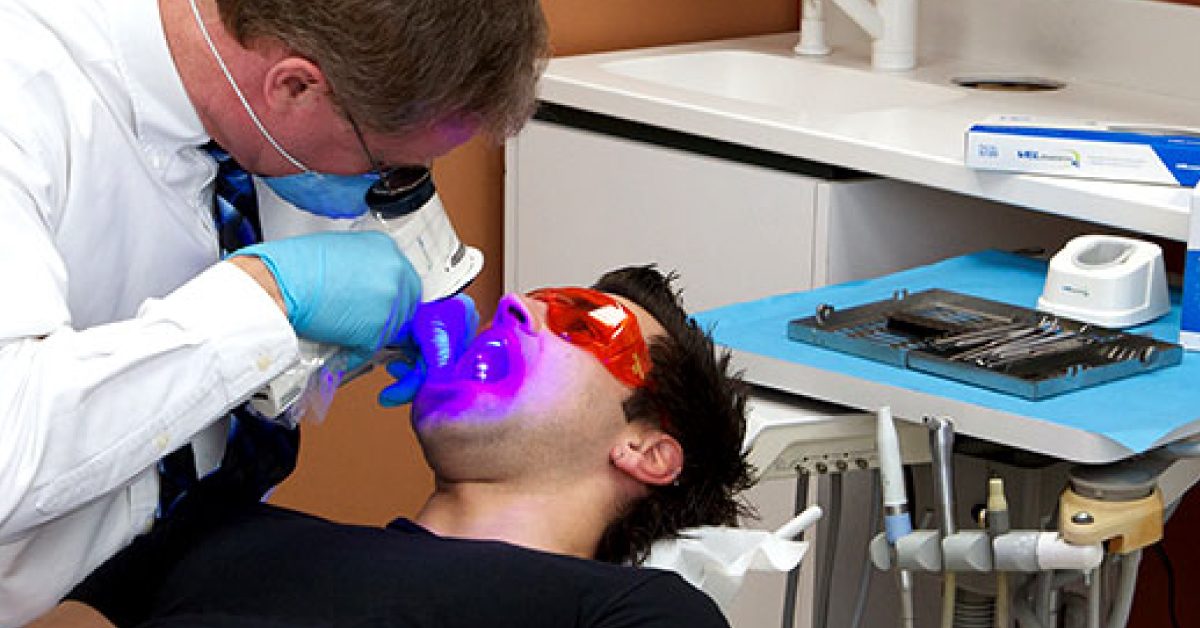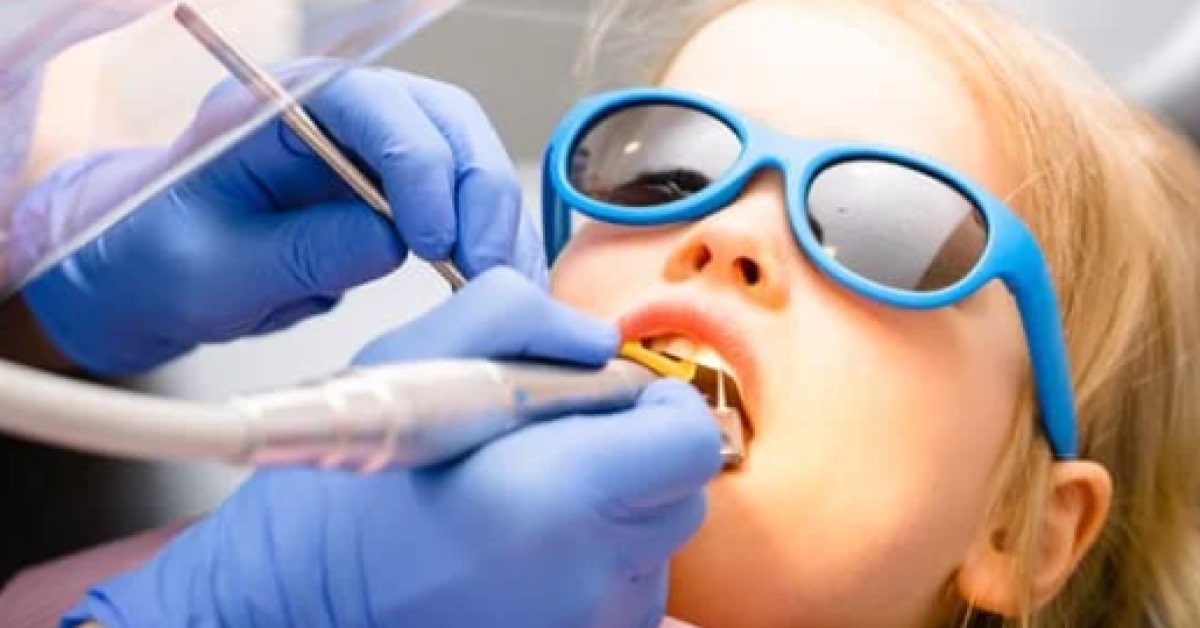Blog
January 15, 2021 • 7 min readBilling Oral Cancer Screenings With Medical Insurance
Oral cancer is not limited to economic status, as seen in the tragic death of Eddie Van Halen. Close to 53,000 Americans will be diagnosed with oral or oropharyngeal cancer this year, causing nearly 10,000 deaths. The death rate for oral cancer is higher than other major cancers.
Author

Crystal May
Director of Medical Billing Education for Devdent

In this Article
Oral cancer continues to take lives and it is not partial to economic status. Most recently, we saw this with the tragic death of Eddie Van Halen, who died as a result of his oral cancer. Oral cancer had been an ongoing battle for Eddie Van Halen for nearly 20 years and, unfortunately, it ended his life at the age of 65.
According to the Oral Cancer Foundation close to 53,000 Americans will be diagnosed with oral or oropharyngeal cancer this year. It will cause nearly 10,000 deaths, and the survival rate at five years is close to 50%. The death rate for oral cancer is actually higher than other major cancers, including cervical cancer, Hodgkin’s lymphoma and many others.
Why is this? It’s because oral cancer is hard to discover or diagnose early, so the disease is already highly developed upon diagnosis. Even today, there is still no comprehensive national guideline for screening.
The Dentists Role
As oral cancer continues to negatively impact the health of those around us, it has become critically important that dental professionals play their role in promoting awareness of the disease and finding oral cancer in its earliest stages. No other healthcare professional has been given both the time and opportunity to screen for and promote the early detection of oral cancer as dentistry has.
The vast majority of dentists and hygienists received training during their clinical education on the proper method of performing an oral cancer evaluation. We know what to look for but we’ve also learned over the years that by the time you can see oral cancer with the naked eye, it’s in later stages with a 50% mortality rate. This isn’t any different than most of the things we see in the oral cavity, similar to caries. By the time the lesion is large enough to be completely visible, it’s too large to be easily treated and involves more complex procedures.
So, we utilize technologies like radiographs and other caries detection tools to aid in early diagnosis. Oral cancer screenings have advanced in this area as well and we now have tools at our disposal that can help with early visualization of lesions. But how do we convince patients of the critical nature of an oral cancer examination when external factors, such as cost, often become a barrier to screening acceptance? How do practices balance the investment in cutting edge technologies with the need to cover costs associated with screenings?
Getting Paid
While we would all love to believe that patients would want this service as a preventative measure, we know that money is a huge factor in case acceptance. It is estimated that in 2010 approximately $3.2 billion dollars were spent in the United States to treat head and neck cancers. According to the Oral Cancer Foundation. With that type of budget, medical payers are well aware that reimbursement for screenings and early detection of oral cancer is far less expensive than paying for end-stage disease.
If we can demonstrate to patients that medical insurance is covering these advanced screenings on a regular basis and that there is a minimal out of pocket cost to the patient, the value of the service could potentially skyrocket. I believe oral cancer screenings can become a service patients now seek out instead of avoiding.
Billing Medical Insurance For Oral Cancer Screenings
So how do we tap into this medical benefit for patients? First and foremost, you need to be educated about medical billing in general. Dentists can bill medical insurance for a very long list of medically necessary dental procedures. We teach our dental providers to use these three qualifying questions to determine if medical necessity can be proven.
- Does the patient’s oral condition or diagnosis affect the rest of the body?
- Does the patient’s medical condition or medication affect the oral cavity?
- Are we screening for medical conditions?
With oral cancer screenings, we are answering yes to the third question. We are screening our patients for a medical condition.
In order to meet the coding requirements to bill medical insurance for oral cancer screenings, you must be using a tool to aid in this screening – this cannot be a visual evaluation only. Assuming you are using an adjunctive tool, you will also need the following 4 things to be successful.
- Proper Coding
- Adequate Documentation
- Proper Claims Submission
- Proper credentialing as a medical billing provider
I will describe the coding and documentation requirements in this post.
Proper Coding
There are only two codes that need to be used when billing medical insurance for an oral cancer screening. The first is the CPT code, or the procedure code. You will use 82397 – chemiluminescent assay. Then you will need the ICD-10 code or diagnosis code. You will use Z12.81 – encounter for screening for malignant neoplasm of oral cavity. With these two codes together, you are telling the medical insurance your medical story. You used a luminescent tool to screen the oral cavity for malignant neoplasms. It’s important that you realize that because you are using a screening code, the diagnosis is irrelevant. So, you do not need to have a pathologist report or any other specialist involved in order to bill for the screening.
Adequate Documentation
A common format for charting when billing medical insurance is the S.O.A.P clinical note layout. This simply takes your clinical notes and breaks it down into four parts:
- S-Subjective
- O-Objective
- A-Assessment
- P-Plan
To document an oral cancer screening, you need to identify in the Assessment section that you used a specific tool to screen the patient for oral cancer. The Objective section would include any findings, which may be within normal limits, or that you identified something abnormal. The Plan section would include what your plan of action is.
Here is an example of the SOAP note for a routine hygiene patient that completed a VELscope oral cancer screening.
Example SOAP Note
S: 33 year old female presents today for a 6 month prophy with exam and x-rays. Patient has no pain or problems to report and updated her medical history to show headaches and weight gain. She reports no medication use.
O: 4 BWX and 2 PA’s were taken per the doctor’s order. Radiographs show a small M lesion on #18, all others are WNL. Completed an oral cancer screening using the VELscope. Completed FMP.
A: #18 will need treatment for the MO caries. Oral cancer screening was WNL. FMP was WNL, prophy with handscale.
P: 18 MO Composite, RTC for annual Oral Cancer Screening, RTC 6 months for prophy and exam.
Medical Insurance’s Analysis for Oral Cancer Screening
The next question you might be asking is “what will insurance pay?” As with any time you’re billing medical insurance, the allowable amount is a little bit elusive. To give you a starting point, we completed a detailed verification of benefits on our last 10 patients, nationwide, and got specific benefits for oral cancer screening. The average allowable ranged between $25-$75 per screening. Of the payers we called, here is the coverage breakdown.
Anthem, Blue Cross of ID, BCBS of Western NY, BCBS of OK, and Independent Health will cover the oral cancer screenings at 100% with no deductible to satisfy with no frequency limitations shown. This means that patients with these plans would pay no out-of-pocket for the service.
Cigna and UnitedHealthCare both offer coverage at 75-100%, depending on the plan but the deductible must first be satisfied.
Lastly, BCBS of MI has no coverage for this service.
This analysis tells us that many of the major payers consider this to be preventative or diagnostic in nature and do not require the deductible to be satisfied before they pay. It also tells us that we need to be comfortable explaining to our patients that depending on the coverage they have, there may be an out-of-pocket cost to them.
In Conclusion
Oral cancer screenings are a service every dentist should consider offering in their practice. We know that traditional intraoral exams are not adequate and are adding to the late diagnosis and high mortality rate of this specific cancer. We also know that patients are paying for many preventative tests in an effort to detect cancer early, like mammograms and colonoscopies. It’s time oral cancer gets the attention it deserves and no profession is better positioned to do this than dentistry. It’s clear that by offering medical insurance billing to your patients, you can remove the financial barrier that may prevent patients from accepting oral cancer screening services.



